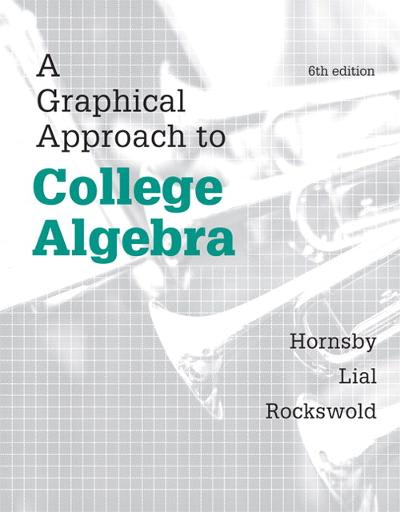Question
A company is considering whether to market a new product. Assume, for simplicity, that if this product is marketed, there are only two possible outcomes:
A company is considering whether to market a new product. Assume, for simplicity, that if this product is marketed, there are only two possible outcomes: success or failure. The company assesses that the probabilities of these two outcomes are p and 1 2 p, respectively. If the product is marketed and it proves to be a failure, the company will have a net loss of $650,000. If the product is marketed and it proves to be a success, the company will have a net gain of $1,150,000. If the company decides not to market the product, there is no gain or loss. The company can first survey prospective buyers of this new product. The results of the consumer survey can be classified as favorable, neutral, or unfavorable. Based on similar surveys for previous products, the company assesses the probabilities of favorable, neutral, and unfavorable survey results to be 0.5, 0.3, and 0.2 for a product that will eventually be a success, and it assesses these probabilities to be 0.2, 0.3, and 0.5 for a product that will eventually be a failure. The total cost of administering this survey is C dollars.
- Draw (by hand or with technology) a decision tree representing the New Product decision problem.
- Determine the strategy that maximizes the profit.
- Compute and interpret the EVPI.
- Compute and interpret the EVI. What is the relationship between the EVI and the EVPI? Why?

Step by Step Solution
There are 3 Steps involved in it
Step: 1

Get Instant Access to Expert-Tailored Solutions
See step-by-step solutions with expert insights and AI powered tools for academic success
Step: 2

Step: 3

Ace Your Homework with AI
Get the answers you need in no time with our AI-driven, step-by-step assistance
Get Started


